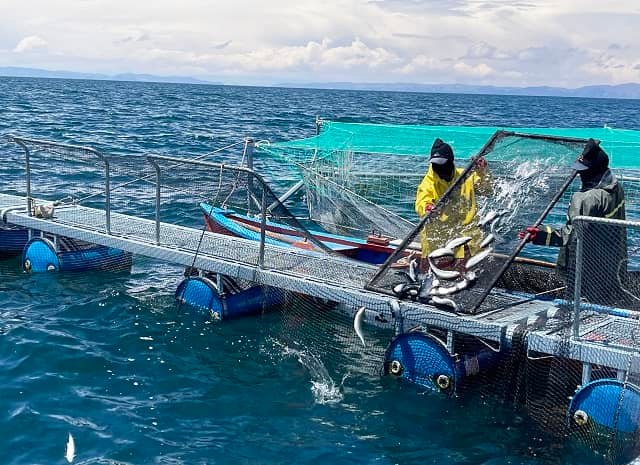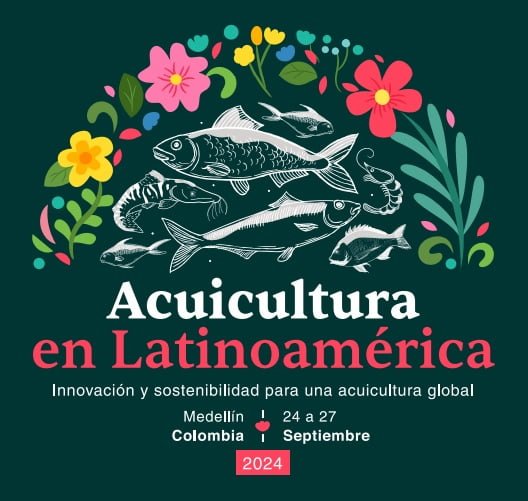news
Guide to the FAO Guidelines for Sustainable Aquaculture (GSA) Approved
The growing global population demands more food, and aquaculture is rising to the challenge. As the fastest-growing food production sector, aquaculture provides a vital source …
Read moreLACQUA 2024: Plenaries confirmed for the Latin American Aquaculture Congress
The Aquaculture in Latin America congress is the union of LACQUA 2024, THE VIII LATIN AMERICAN CONFERENCE ON NATIVE FISH FARMING AND THE XI COLOMBIAN …
Read moreAQUA 2024 – Copenhagen is the place to be end August!
The AQUA events are co-organised by the European Aquaculture Society (EAS) and the World Aquaculture Society (WAS) and are held every six years. Past events …
Read more




